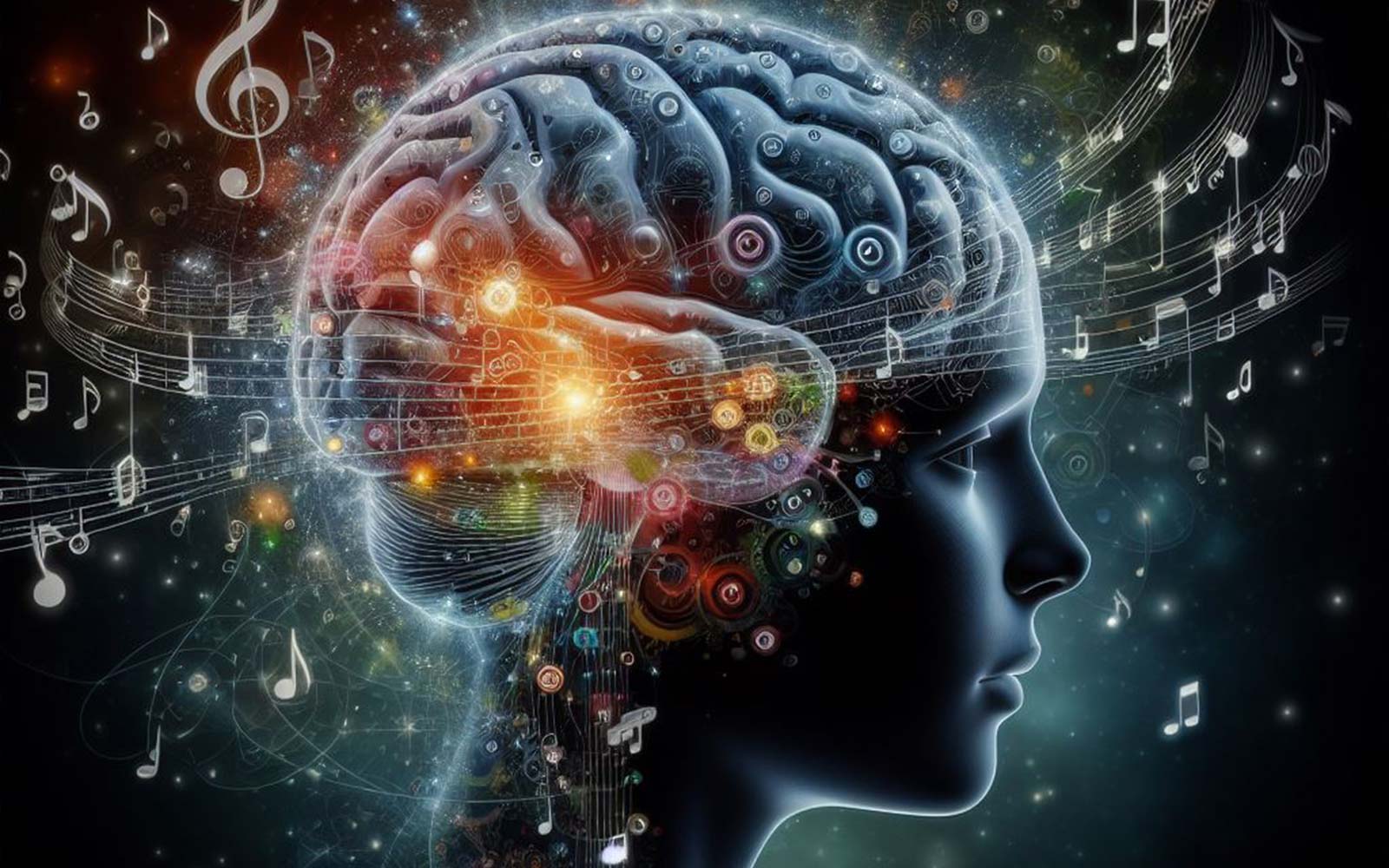I’ve posted other articles describing numerous studies proving that dancing offers many benefits to mental health and longevity. Partner dancing is about two people moving together as one in time to music. Now even more studies are linking mental health directly to the kind of music used for traditional ballroom dances such as Waltz, Viennese Waltz and possibly even the jazzy tunes tied to Slow Foxtrot.
One study from some years ago published in the Journal Nature found that listening to Mozart’s Sonata for Two Pianos in D major (K448) for just ten minutes increased spatial IQ scores by 10 points over just relaxing in silence. Since then, numerous other studies have confirmed that istening to classical music leads to higher school grades and stronger spatial reasoning skills, reduces the risk of brain atrophy, and slows cognitive decline.
Kiminobu Sugaya, professor of medicine at the University of Central Florida College of Medicine and head of neuroscience at the Burnett School of Biomedical Sciences, found that classical music could lead to “a 50 percent increase in brain function.” His findings are echoed by Dr. Michael Trimble, professor emeritus of neurology and neuropsychiatry at the University College London Institute of Neurology and a Fellow of the Royal College of Physicians, who explains that Mozart is used to help train the brains of epilepsy patients, with great success.
Dr. Trimble said in a recent interview that the human brain likes the rules of music. As he put it, “There are certain musical sounds that are deeply embedded within the ability of our nervous system to be moved by music.” He emphasized that music contains natural rules and mathematical logic. He described classical music as having an especially robust connection to mathematics.
The Hippocampus region of the brain “lights up” when listening to certain types of music. It is integral to cognition, memory and emotional response. The related studies have found that certain types of music increase the number and connection of neurons in the brain.
How does all this relate to Ballroom dancing?
This is great news for ballroom dancers. Much of the music we dance to is composed of similar types of fairly complex mathematical structure as Classical music. This is especially true of Waltz, Viennese Waltz and Slow Foxtrot music. Not only are dancers regularly listening to these musical genres, they are actively participating in the music by using their bodies to respond to the patterns presented. No wonder dancers have been found to remain more mentally active as they age and to experience greatly reduced levels of memory decline such as Alzheimers.














